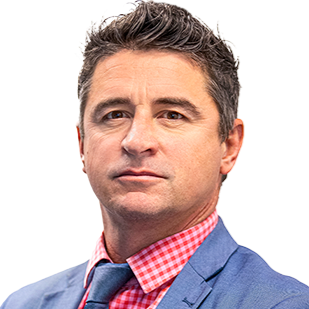Te Papa Kaihautu (Maori co-leader) Dr Arapata Hakiwai said the collections date back to a dark time.
From the 1840s to 1910, thousands of heads, skulls, skeletons and bones of indigenous Maori and Moriori were taken from New Zealand by European and American anthropologists, with many ending up in museums or private collections.
"These were dark days, when these tupuna (ancestors) were traded, collected and stolen, but today we have the opportunity to put right the mistakes of the past," Dr Hakiwai said.
"These are not easy discussions, and we are very grateful to all the institutions, who have shown great sensitivity and respect to reach this milestone with us."
In 1930, a Freemasons lodge in England was given a single Maori skull along with two crossbones.
Records show they were found in a cave near Okere, Bay of Plenty.
Now, the Metropolitan Grand Chapter London has agreed to repatriate them.
A skull believed to have been taken from Waikouaiti in Otago, was donated to the Falconer Museum in Forres, Scotland, in 1883, by a Fellow of the Royal College of Surgeons of England, John Hugh McKenzie, via a Mrs Edmonds, Carisbrook, Blackheath.
Falconer Museum, founded in 1871 in memory of Hugh Falconer, a colleague of Charles Darwin, has stored the skull as part of their large ethnographic collection for more than 130 years.
It will be handed over to Te Papa representatives next week after local councillors agreed to its repatriation.
The 7-year-old child's skull, without its lower jaw, is being returned by Beneski Museum, Massachussetts, while Sheffield Museum in England is sending back one adult Maori or Moriori skull.
